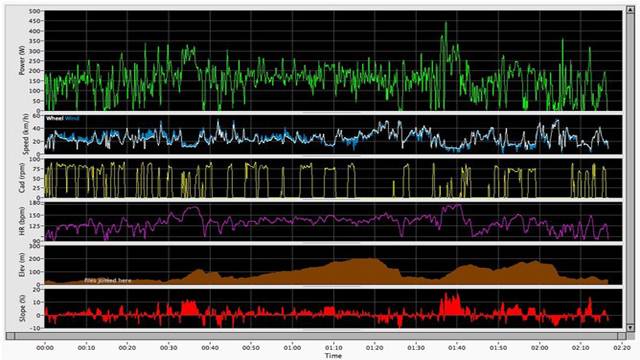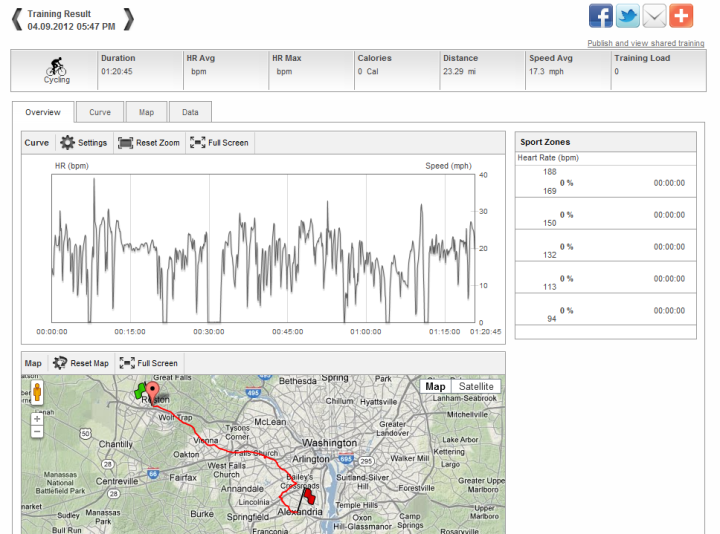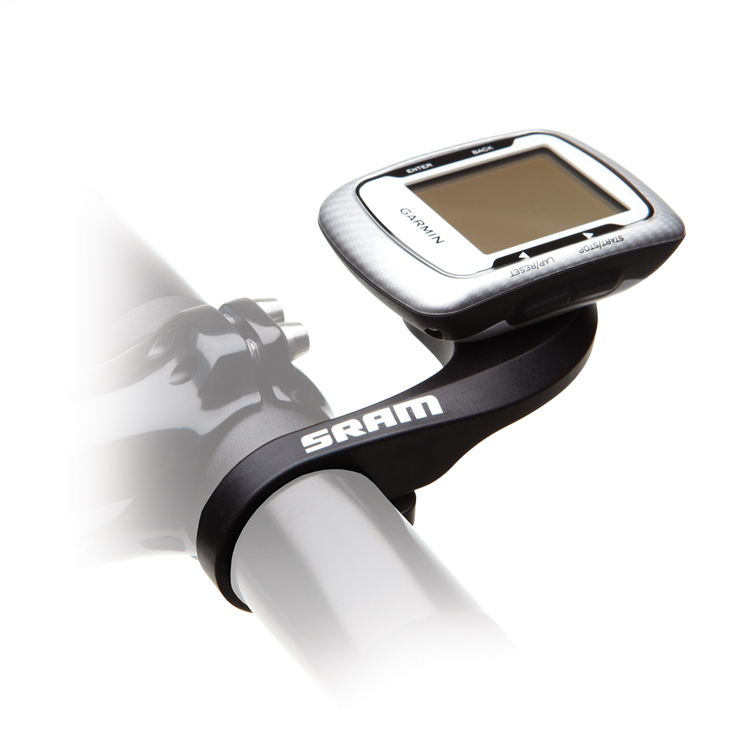
5 things to look for when buying a heart rate monitor? Really, the first question should actually be "do I really want or need a heart rate monitor in the first place?"
As a cyclist for many, many years I can say from experience that when your brain starts bringing up all sorts of brilliant excuses why you should stop pedalling and turn around for home, or even to get off the bike and have a rest, or call mummy to pick you up, you can be sure your heart is getting a good workout.
Other signs include: Profuse sweating (and I'm not talking just from the armpits), breathlessness (which is a gentle way to describe your lungs desperately clawing at the air for oxygen), pulling over and vomiting (a HRM can prevent this) and general soreness in the legs. Oh, and you could go cross-eyed as well....and maybe see spots or stars...or lose consciousness.
These subjective experiences are easily measured with a heart rate monitor. You can program in a 'suffer zone' and do your best to avoid stepping over into it, thereby circumventing any of this unpleasantness. Cycling just got a lot easier!
The choice is certainly made more simple when you consider that many cycling computers these days come standard with heart rate function and you may only be deciding whether to buy the chest strap (or not. These are often provided as well).
So, 5 things to check out in a heart rate monitor. As follows:
It might sound a funny thing but many heart rate monitors are designed for runners and are worn like a wristwatch (I know, weird). This is the best place to position it when you run (apparently), but annoying as hell when you ride! On the bike you want all your information on the handlebars. Some heart rate watches come supplied with a mount for bike handlebars. I strongly recommend checking this out.
Example: Polar universal mount
2. Functionality
Obviously the function is to display the difference between a leisurely boom, boom...boom, boom and boomboomboomboomboomboomboomboom. The HRM needs to fulfil this purpose to be worthwhile.
The best will allow you to enter physiological values like height, weight and age to create individualized training "zones". The unit will then beep when you cross over these zones. (A warning: this beep can become extremely annoying. Check if it's possible to mute). At the completion of your ride a training summary will be recorded for saving and viewing later.
The best units will allow this data to be downloaded to a computer and may also come with training software.
Examples: Polar CS 400, Sigma BC2209 MHR
3. Battery
For watch type HRM's make sure the battery life is guaranteed for a couple of years in the head unit and strap. If you are purchasing a Garmin-like unit that is rechargeable (like your mobile phone), check the run time before recharge. Remember if you like long days out in the saddle some lesser batteries may not last, especially if it is powering HR, GPS and mapping simultaneously.
Nothing worse than running out of juice on that six hour foray into the mountains.

4. Features
As stated above, some computers do everything. A standard heart rate monitor is a pretty simple thing and maybe that's all you want, but with so many options now available for cyclists you would be crazy not to at least investigate the multiple functions of the latest "do everything" computers. The most important features when stepping out are probably GPS, cadence and especially data transfer.
GPS allows you to compare your effort on particular sections of your ride, cadence is important to understand the difference between riding with power or just spinning, and data transfer allows all the information to be analyzed on a computer in detail and even shared online.
Example: Garmin Edge 510, Bryton Rider 50
5. Product Support
As with all technical equipment, it is best to purchase this technology at your local bike store. This ensures you end up with the best product for your needs and also leaves warranty and replacement issues with the store, meaning you can feel better by going in and yelling at them if it breaks and the replacement is taking too long!
Going with recommended brands from an official retailer makes certain you have the best warranty coverage.
And remember, inflating your maximum heart rate number during setup is just cheating yourself!



